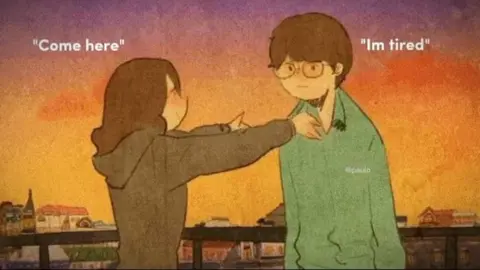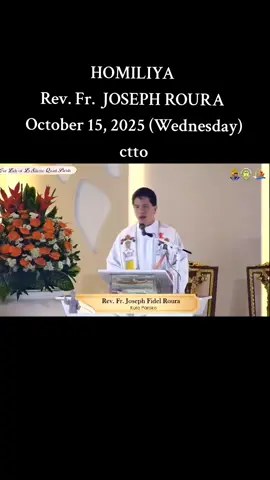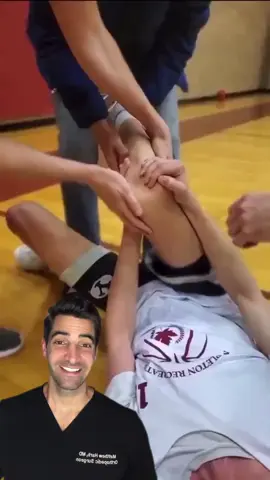Santosh offfical65
Region: NP
Tuesday 14 October 2025 04:48:54 GMT
35082
6559
646
865
Music
Download
Comments
Queen 👑 :
get well soon babu 🥰🥰
2025-10-17 17:05:13
0
bishalrokamagar48 :
Get well soon बाबु❤️❤️❤️🙏🙏🙏🙏
2025-10-15 19:17:53
0
kanchhishrestha16 :
♥♥♥♥जयहाेस🙏🙏🙏
2025-10-14 09:06:34
9
tamangni xori🇳🇵🇰🇼 :
get well soon😭😭😭😭
2025-10-17 18:09:41
0
upendra philip :
बिचरा चाडै निको होस🥰🙏💯♥
2025-10-15 14:12:30
0
Tika Magar :
bichara ❤️❤️❤️❤
2025-10-14 11:37:38
5
Januka Khadka :
बिचार बाबु
2025-10-17 13:27:28
0
hem bahadur :
hjr lai maile chineko xaina hai hjr jati skxu yeti sahayog garidinxu
2025-10-14 14:39:46
3
टुटेको मन :
Get well soon nanu
2025-10-16 03:56:53
0
Kamala majhi 🌹🙏💔 :
के भाको हो नि बाबु लाई 🙏🙏
2025-10-15 01:34:03
2
Shanti lama :
get well soon babu
2025-10-14 10:07:01
2
Sunita Rai :
😂😂😂😂😂😂wow
2025-10-15 06:32:23
1
Tika Maya Thapa :
💜💜💜💜जयहाेस🙏🙏
2025-10-14 05:54:35
1
Heart broken💔💔 :
Get well soon 😢😢
2025-10-17 08:48:30
0
rabi shahi :
yo babu lai charai Niko. hosh 🙏🙏🙏🙏🙏🙏🙏🙏🙏🙏🙏
2025-10-14 12:34:56
1
Rupa rai :
aani
2025-10-15 10:46:34
0
saieli :
🙏🙏🙏amen
2025-10-15 07:51:43
0
user8907895344090 :
बिचरा बाबु😭😭😭
2025-10-14 14:26:31
8
Lal Maya Tamang :
🙏🙏🙏❤❤9
2025-10-15 09:36:28
0
saraswatibk930 :
get well soon babu💕
2025-10-17 15:05:30
0
Samjhana Shrestha99 :
बिचरा बाबु 😭😭😭😭😭
2025-10-17 03:26:02
0
Sirjana rai USA 🇺🇸 :
Get well soon babu ❤️🙏
2025-10-16 02:46:44
0
[email protected] :
get will soon 🙏🙏🙏🙏🙏
2025-10-16 05:37:50
0
deepa Adhikari :
get well soon 🥺
2025-10-16 10:59:14
0
@ kavrely barnd thing :
get well soon
2025-10-17 12:24:38
0
To see more videos from user @santoshreaction1, please go to the Tikwm
homepage.





